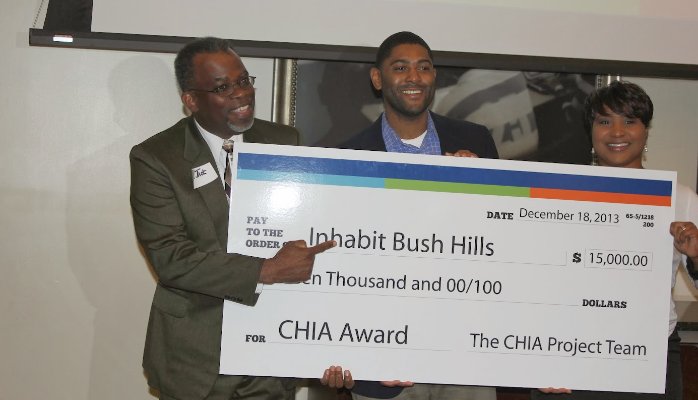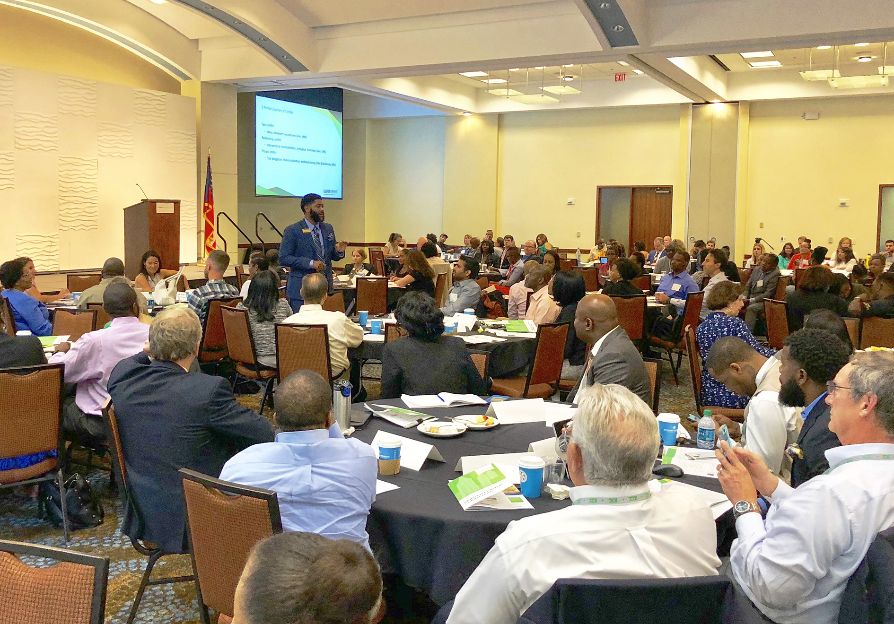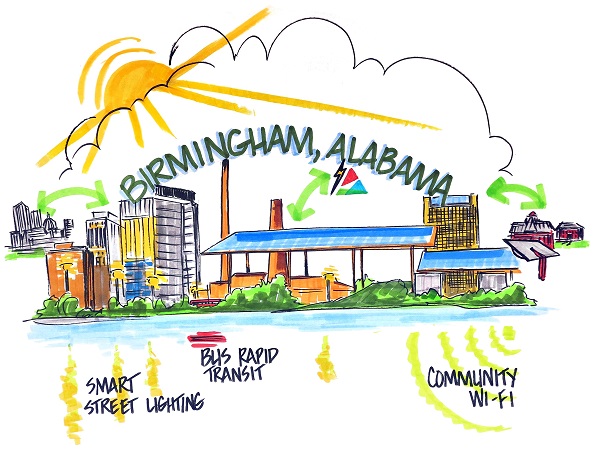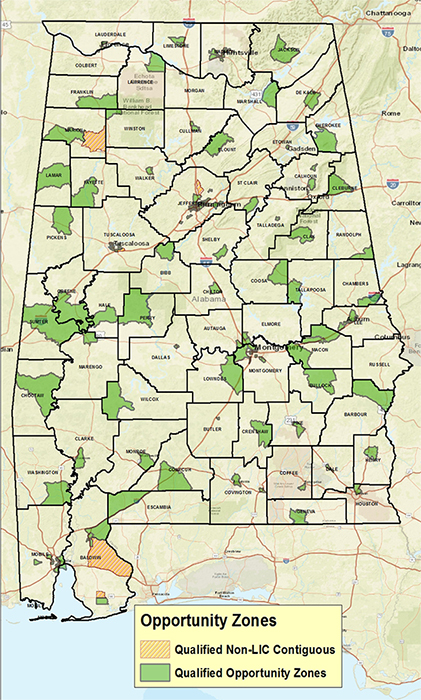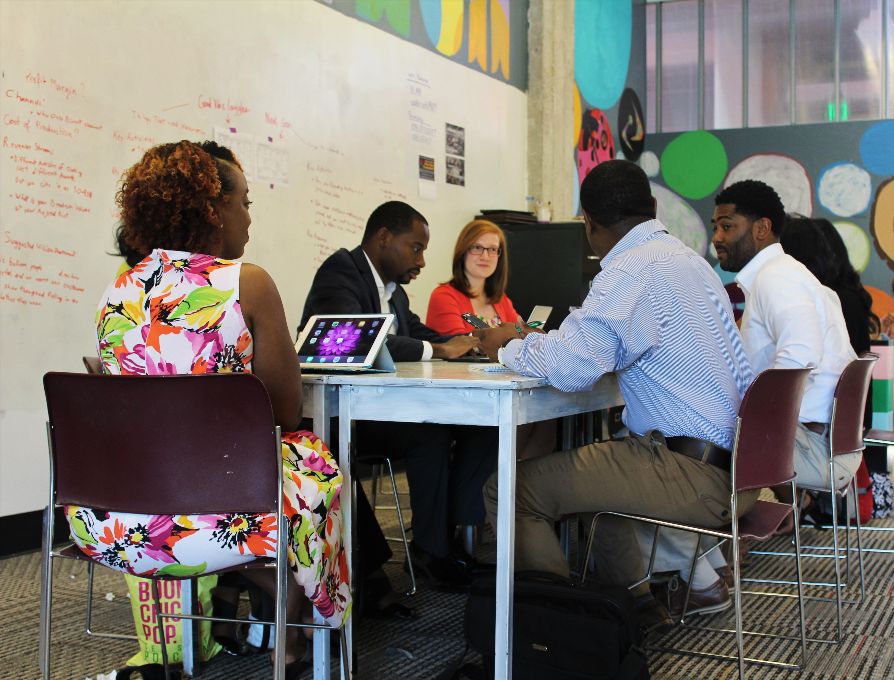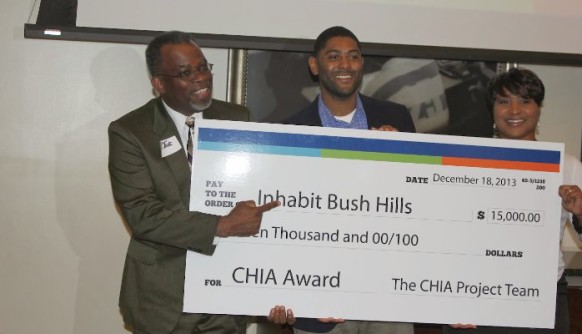
To assist others interested in participating in the upcoming CHIA program, we thought it would be helpful if we highlighted a few of the elements of our winning CHIA proposal:

Judging Criteria: Our proposal was chosen from among several other highly creative proposals. Proposals were judged based on the following criteria:
1. Innovation. Explain what makes your project different and unique.
2. Thoughtful Understanding. How does your project demonstrate the use of reliable information to develop your innovative project? How will you share and report any new information that you obtain?
3. Community Involvement. How does your project demonstrate community involvement and collaboration?
4. Community Strength. How does your project demonstrate the use of the community’s natural strengths?
5. Application & Results. Clearly explain your project’s plan for delivering results. What does success look like for your innovative project?
Our approach: We approached our proposal in the same way one would approach a business case, a research paper or a grant proposal. First, we identified the problem. Second, we described why the problem is important to address not later, but now. Third, we proposed a solution to address said problem.
Below is a summary of the key elements of the introduction of our proposal:
Problem Identification. We began our proposal by clearly identifying the problem: As with many of the 99 neighborhoods in the City of Birmingham, the Bush Hills neighborhood faces a number of challenges such as overgrown lots and foreclosed and abandoned homes. These factors threaten the overall health of the neighborhood and its residents. Vacant properties pose a public safety hazard by being a potential haven for criminals, arsonists and truant children. Vacant property also imposes a negative impact on property values. Living next to a vacant property in many ways can be more undesirable than living next to a property occupied by a bad neighbor.
Importance: Once we identified the problem, we proceeded to describe the importance of addressing the problem: Our proposal offers a solution to the community health concerns caused by vacant properties in the form of an asset management system. Leveraging principles of business process improvement, we adopt the perspective that one cannot manage what is not measured. To our knowledge, there is no central reporting agency that maintains accurate and reliable data regarding the number of vacant properties in a neighborhood, who owns these properties, reasons why they are vacant, or owners’ intentions regarding the future use or disposition of the property. Moreover, of those properties that are occupied, valid data is missing regarding whether the property is occupied by the property owner or someone else (e.g. renters, extended family, etc). We believe this dearth of information perpetuates vacancy as well as hinders efforts of our neighborhood stakeholders and community servants such police, fire, medical, public health, neighborhood associations, education board, and city council members. We want to help these stakeholders serve us better.
Proposed solution: Consequently, we propose the development of a Community Asset Inventory database for the Bush Hills Community. We envision this database to be a complete listing of all properties located in our neighborhood accompanied with information such as: County Property ID #, vector coordinates, pictures of specific properties, owner’s name, address, telephone, email, disposition of property (i.e. owned, rented, lot, for sale), and occupant’s information. By documenting our successes, failures, lessons learned and pivots, we intend to build a scalable and replicable model that can help reduce vacancy rates in the other 98 neighborhoods in Birmingham.
Check back for future posts outlining our lessons learned from the CHIA process as well as those lessons we learned implementing our innovations. For more information on the CHIA program, contact the CHIA Program Director, Dr. Shauntice Allen at https://www.linkedin.com/in/shaunticea.
Dr. Hood and his wife Robin live in the Bush Hills neighborhood. In 2014, they were winners of a Community Health Innovation Award of the UAB Center for Clinical and Translational Science for NHabit, a social entrepreneurial startup aimed at improving the health of their community by addressing the problem of vacant and abandoned property. Specifically, they are applying the principles of strategy and entrepreneurship to create a repeatable and scalable model for monitoring blight, occupancy and other conditions indicative of community health. Their efforts were recently highlighted by WBRC Fox 6 News as well as in the following articles: Building on an Idea and Local and global outreach land UAB on president’s community service honor roll.

